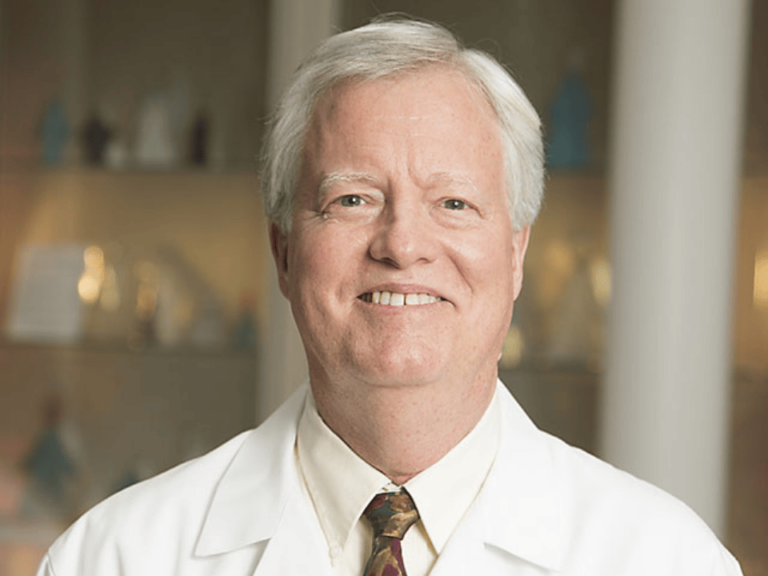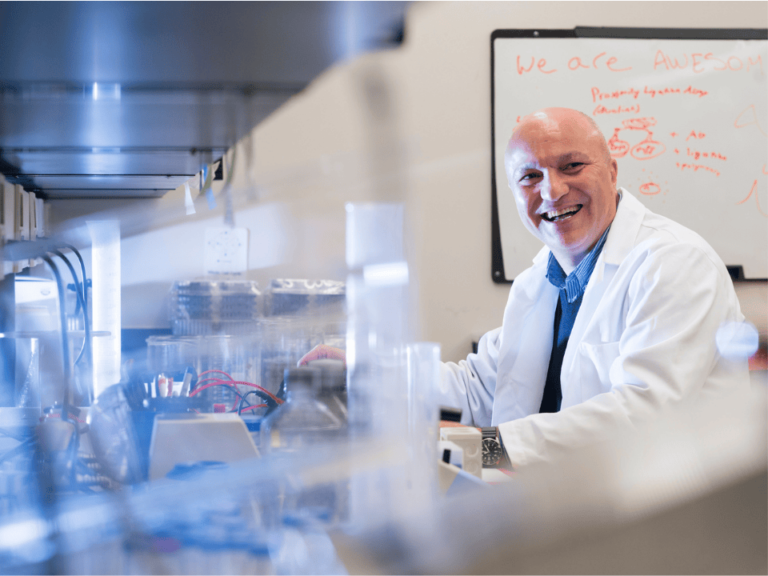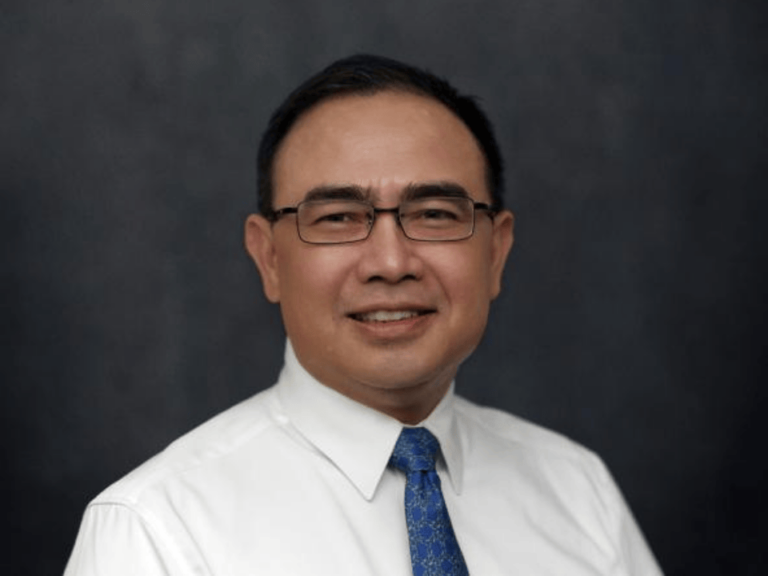In light of the national shortage of one-use personal protective equipment, Nebraska Medicine has developed a safe and effective method to decontaminate these items so they can be used multiple times.
A team led by John Lowe, UNMC assistant vice chancellor for inter-professional health security training and education, is using ultraviolet light towers to irradiate high numbers of masks, which were originally designed to only be used once. The strategy will allow Nebraska Medicine to greatly extend its supply of these items during the coronavirus pandemic.
“The shortage of PPE is a nationwide issue—each and every one of these items is increasingly precious,” Mark Rupp, chief of the infectious diseases division at UNMC, said in a statement. “Although we were well prepared, our supplies were beginning to dwindle. We had to find a way to keep our providers and patients safe, and this will definitely help us achieve that goal.”
The decontamination of these items works like this: groups of masks are safely bagged and transported to a room inside the hospital which is equipped with two ultraviolet light towers. The PPE is hung on wires stretching the length of the room and then decontaminated when the lights are powered on. The items are then removed and returned to the original owners for reuse.
“The shortage has forced us to be innovative,” Lowe said. “While these items weren’t meant to be used more than once, this is a 100% safe way to extend their useful life. Other major hospital systems in the U.S. have also started to implement this method for the same reason we are.”











